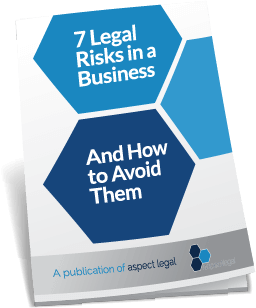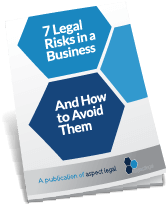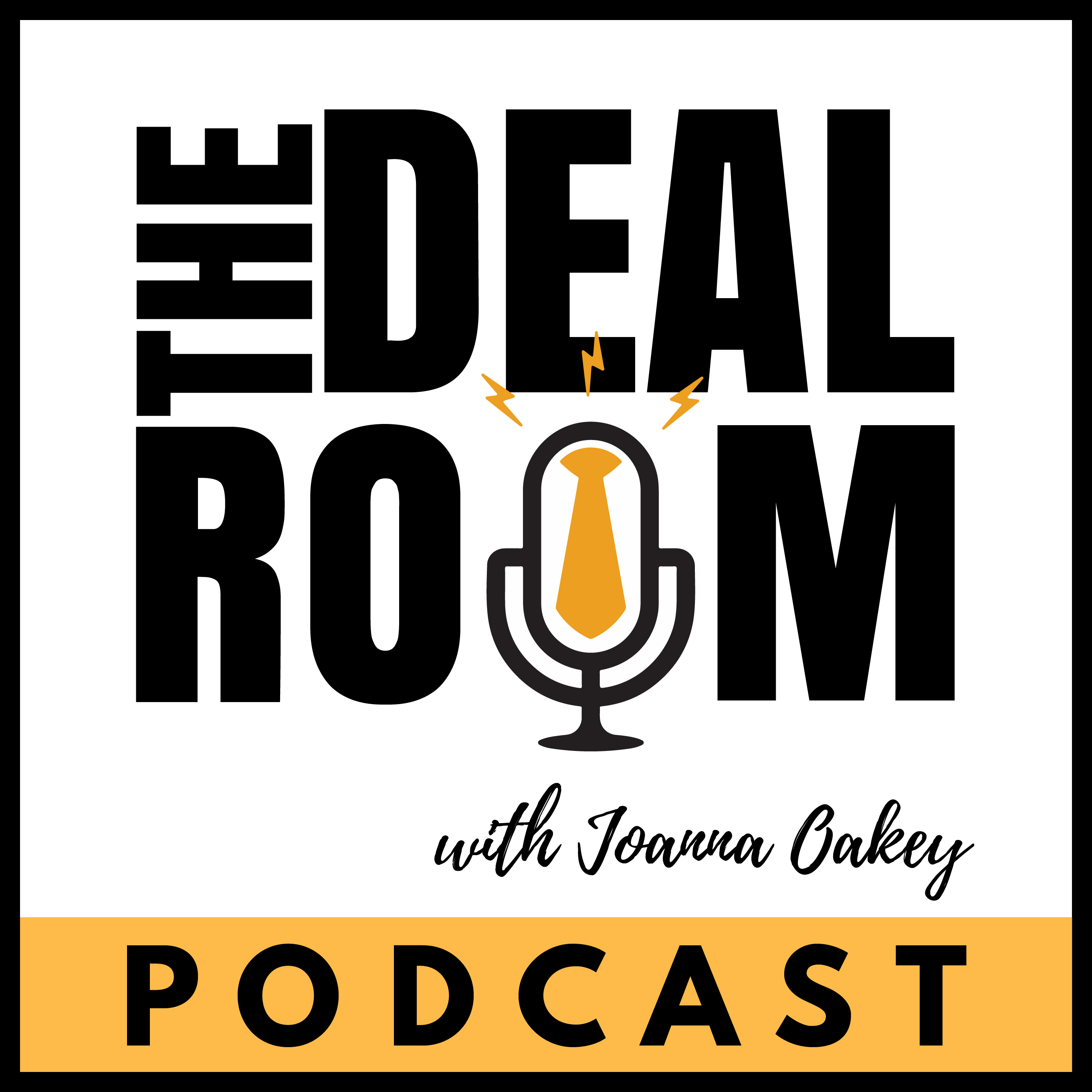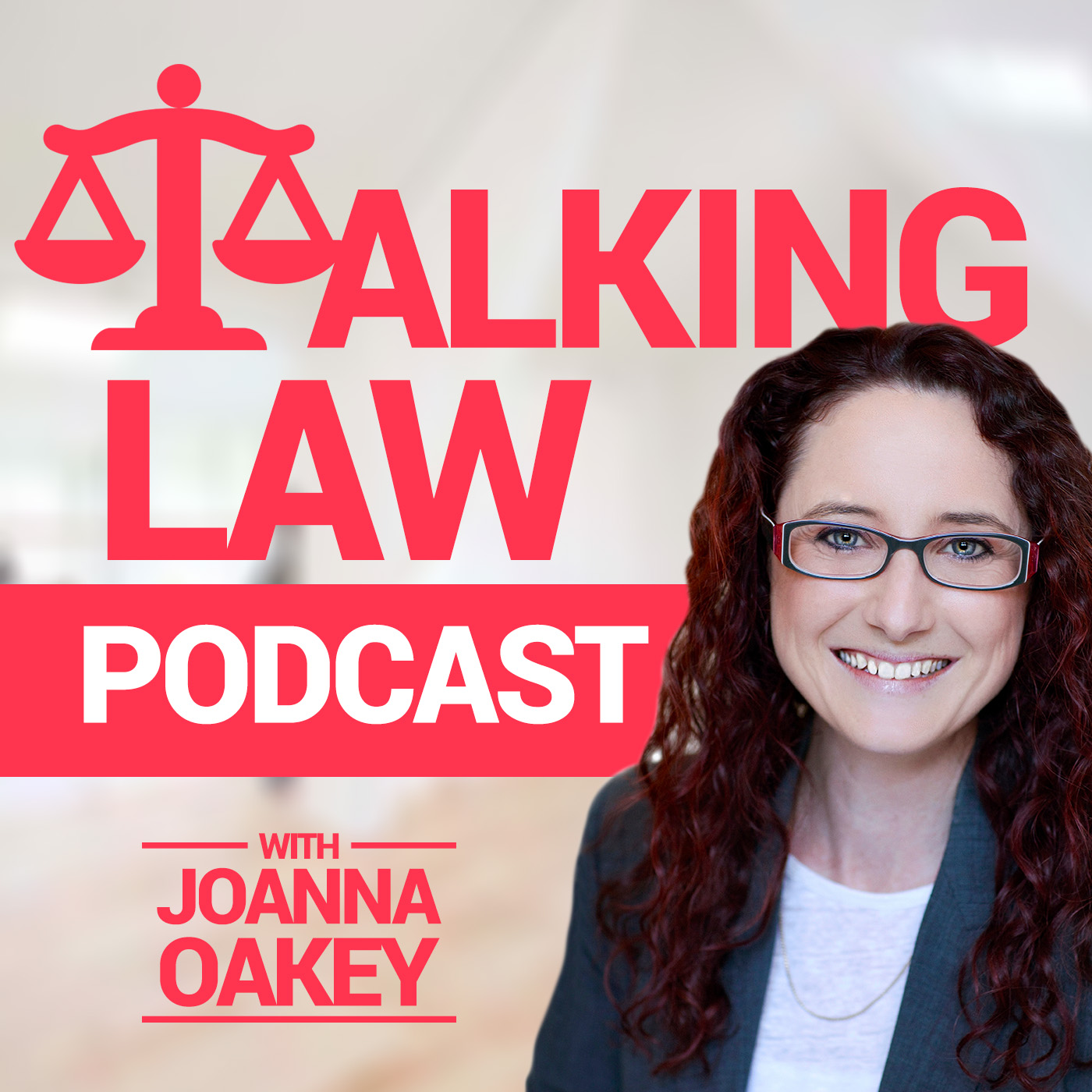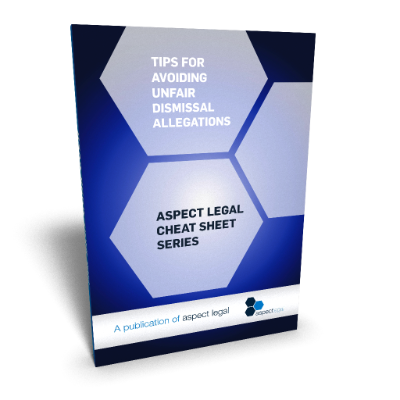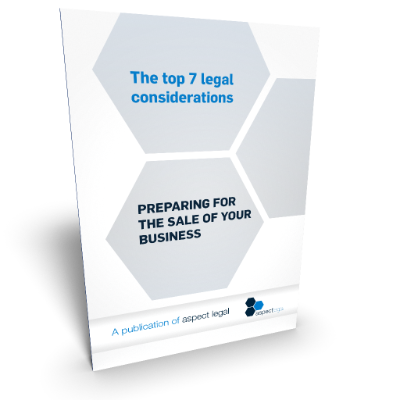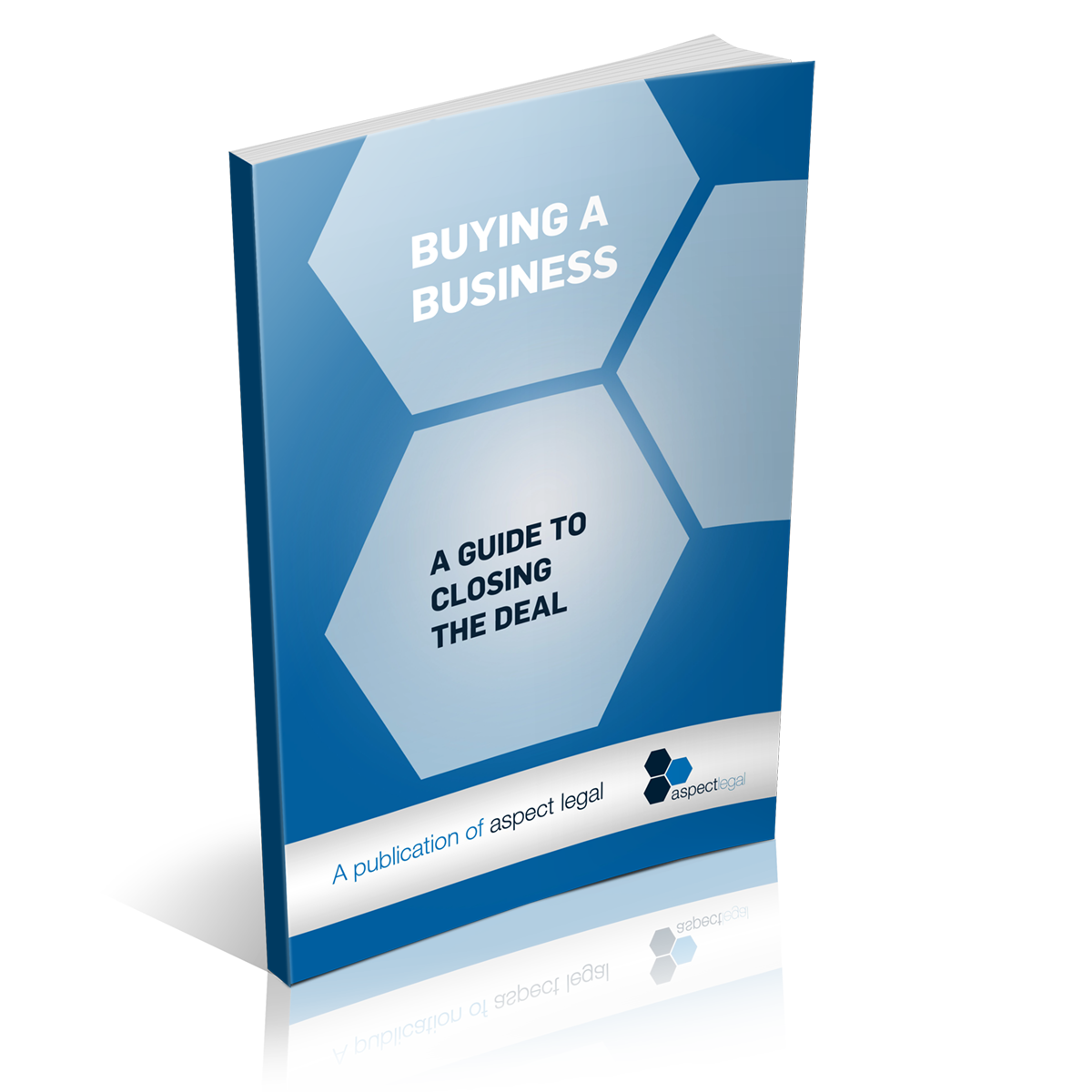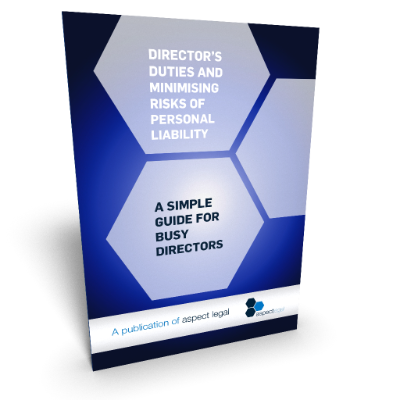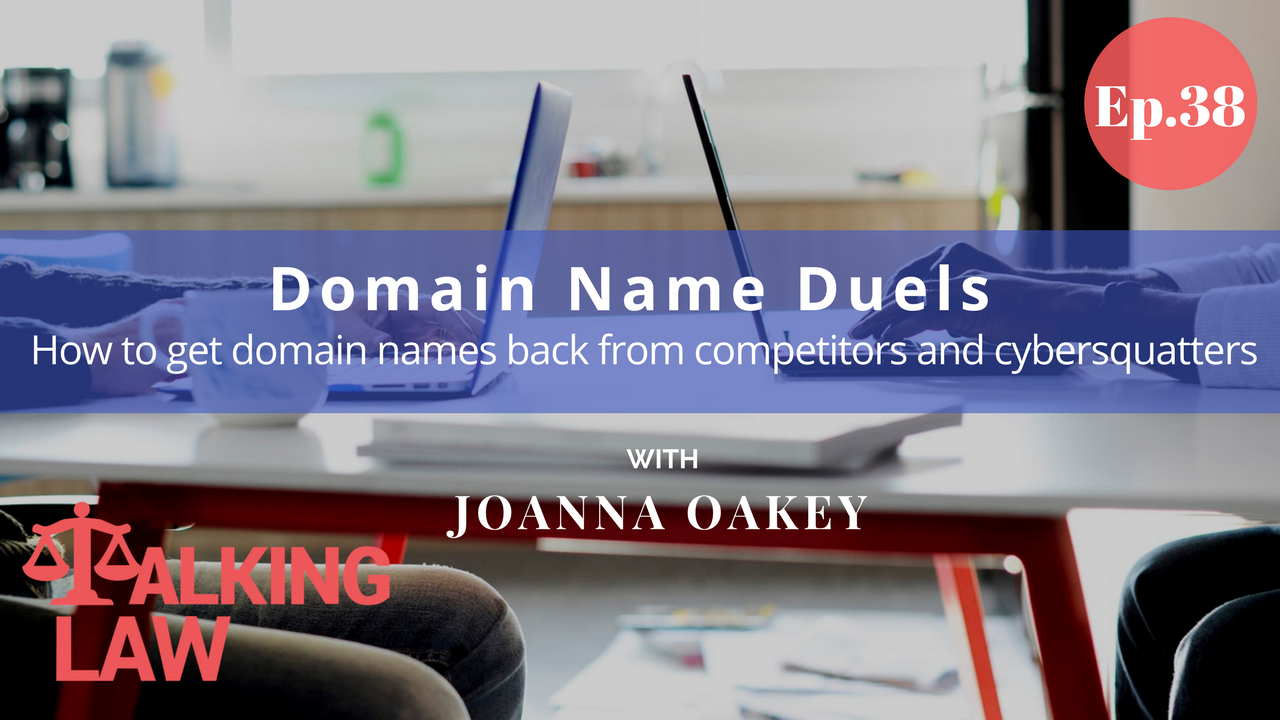
With the increasing importance of a web presence for businesses, so too comes the increasing risks associated with competing domain names. Whilst you may have taken steps to ensure that you hold the .com or .com.au domain names for your business, what can you do to stop your competitor down the road from registering a .net by the same name? And how can you get it off them if they do?
Episode Highlights:
01:43 Domain name dispute procedures
03:14 Proactive protection
06:03 Protecting your business from being stripped of a domain name
08:05 Quick recap
Hi, Its Joanna Oakey here, welcome back to Talking Law. Today we are talking about domain name duels – how to get domain names that others are holding that you think you have a better right to. And how to defend yourself if you are attacked for a domain name you are holding. If you are interested in this topic, head over to our show notes, or to our website at talkinglaw.com.au to download our free cheat sheet guide on the ways to get a domain name back.
Right, to kick this off, lets start by having a look at the basics of the domain name dispute process.
Domain name dispute procedures
In order to register a top level domain name (those domains that end in .com, .net, .org etc) you must first enter into an agreement with a domain name registrar. Part of that agreement incorporates the Uniform Domain Name Dispute Resolution Policy (UDRP) which as the name suggests has a specific mechanism for dealing with domain name disputes. The Australian domain name policy, which relates to disputes relating to .com.au domain names, differs slightly .
Under the dispute resolution policy, if you want to be able to take back a top level domain name, you must establish that:
- The domain name you are complaining about is identical or confusingly similar to a trademark or service mark that you have rights to,
- The respondent has no rights or legitimate interests in the domain name, and
- The domain name has been registered and is being used in bad faith
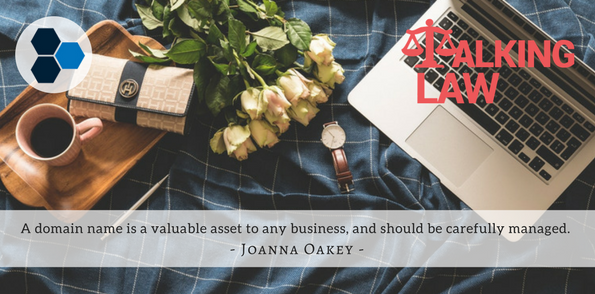
Proactive protection
Now whilst the last one can be quite a difficult one to prove, there are some things you can do from the start to put yourself in the best position possible to ensure that no one else is stealing your website thunder:
FIRSTLY, register a number of domain names for your business rather than simply the .com or the .com.au – think about some obvious variations of your name that you should hold. If your domain name could be easily misspelt, you might want to register a domain name for those obvious misspellings. You might want to register your domain.
SECONDLY, take a proactive step in registering your rights in the ownership of your name by getting a registered trademark. As well as providing a vital piece of evidence in establishing your right to the related domain name, a trademark registration makes it easier to stop other businesses in Australia from trading with a name similar to yours.
We have talked about trademark registrations in a number of previous episodes. If you are interested in this topic, then check out [EP 005] Trademarks 101: The Basics, as well as [EP 025] Common Mistakes People Make in the area of Trade marks and [EP 029] Help! I think I have a descriptive trade mark .
THIRDLY, if you already have a trademark registration, check to see if this will provide what you need in order to get the other party to stop using the domain name. You will be able to pursue an action for trade mark infringement if a competitor uses a domain name which contains that trademark to sell goods or services which are similar to those protected under your trade mark registration.
LASTLY, Make sure you have established good systems and processes to keep on top of renewal dates. A domain name is a valuable asset to any business, and should be carefully managed. A clear system should be in place to oversee domain name registration and renewals, and avoid the potentially costly mistake caused by a domain name renewal being overlooked.
Protecting your business from being stripped of a domain name
If on the other hand, you are in the position of wanting to ensure that a domain name is not ripped away from you and your business – here’s what you need to show to prove you have a “legitimate interest” if you are challenged:
- That you used (or are about to use) the domain name or a name corresponding to it in connection with a “bona fide” offering of goods or services, or
- That you have been commonly known by that domain name, or
- You are making a legitimate non-commercial or fair use of the domain name, without intending to create commercial gain on the basis of misleading or diverting innocent consumers, or tarnishing the trademark at issue.
The proactive steps that you can take on this side of the fence are somewhat similar to the advice for the other side:
FIRSTLY, get a registered trademark to prove you are serious. Having evidence of a registered trademark can be a killer move in proving that you have a legitimate interest in a mark.
SECONDLY, you have to show that the domain name has become a distinctive identifier associated with your goods and services, and you would be able to prove this by showing the length of time you’ve used the mark, sales volume, the nature and extent of advertising, consumer surveys and media recognition.
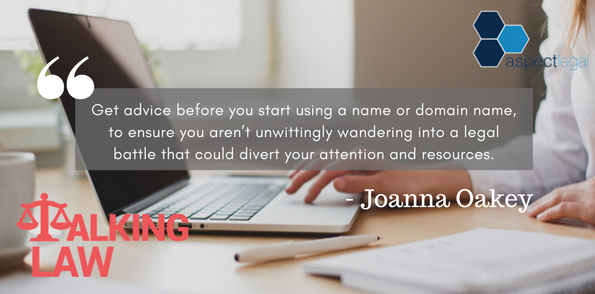
But perhaps the best advice of all is to get advice before you start using a name or domain name, to ensure you aren’t unwittingly wandering into a legal battle that could divert your attention and resources.
And of course, if you have an issue relating to a domain name that you hold, or a domain name that someone else is holding that you want, our team of legal eagles might just be able to help.
So, just a quick recap – in this episode we talked about ways that you get domain names that others are holding that you think you have a better right to. And how to defend yourself if you are attacked for a domain name you are holding.
If you would like more information about this topic, head over to our website at talkinglaw.com.au to download our free cheat sheet guide on the ways to get a domain name back.
Through that website, you will also be able to download there a transcript of this podcast episode, if you want to read it in more detail.
And you will also find details of how to contact our lawyers at Aspect Legal if you would like help with any of the items we covered today. You will also there be able to find out all about our brand new revolutionary legal hotline service, which gives access to our specialist team of legal experts, plus lots of business resources, all for a ridiculously low monthly price.
And finally, if you are interested at all in selling or buying businesses, or in building your business to sell one day, you might be interested to check out our sister podcast, The Deal Room Podcast. In that weekly podcast we share lots of tips and tricks in understanding the important elements in the sales and acquisitions space, and what to do to improve the value of your business for an eventual sale.
Well, that’s it. Thanks again for listening in. You have been listening to Joanna Oakey and Talking Law. See you next time!
